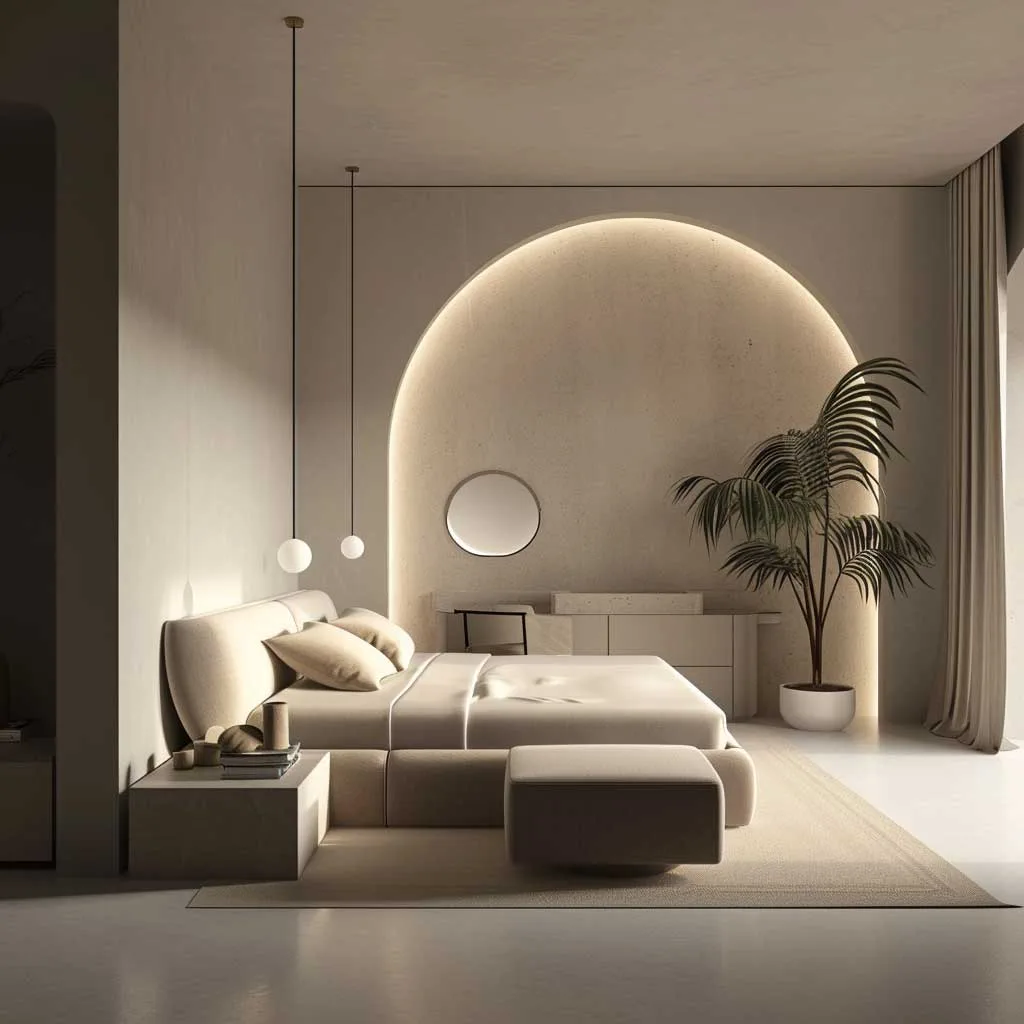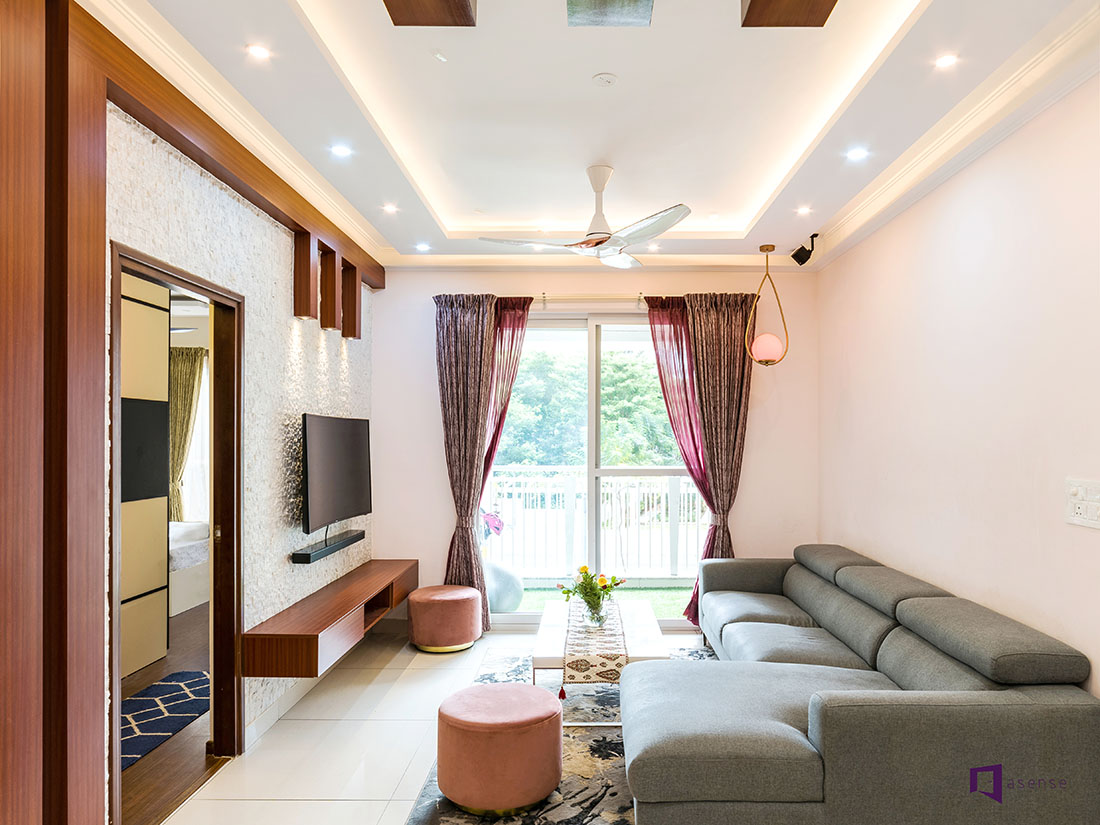Find top miami interior design professionals for customized luxury spaces.
Find top miami interior design professionals for customized luxury spaces.
Blog Article
Transform Your Home With Necessary Concepts of Interior Layout and Aesthetic Appeals
By understanding the impact of color theory and the significance of appearance and patterns, one can create areas that are not just aesthetically appealing but likewise deeply personal. Accomplishing this balance involves even more than simple decor; it incorporates a strategic plan and a keen understanding of exactly how each aspect engages within an area.
Recognizing Shade Theory
Shade concept is an essential facet of interior decoration that substantially influences mood, assumption, and total aesthetic. Understanding the principles of shade theory permits designers to produce rooms that reverberate mentally with occupants while meeting practical demands (Architecture Firm). Shades can be categorized into 3 main types: key, additional, and tertiary. Each classification plays a critical role in developing harmony within a room.
The mental influence of colors is extensive; cozy colors such as reds and oranges evoke energy and warmth, while cool tones like blues and eco-friendlies advertise peace and tranquility. The usage of complementary shades enhances visual rate of interest, producing striking contrasts that can elevate a room's allure.
Neutral colors, on the other hand, serve as a functional background, allowing other style components to beam. It is vital to take into consideration elements such as lights and the area's function when picking a shade combination, as these can modify the perception of shades throughout the day.
Ultimately, a well-considered color pattern can transform a space, cultivating a feeling of convenience and design that straightens with the inhabitants' choices. Mastery of shade concept is, therefore, a crucial ability for any kind of indoor developer intending to create unified and inviting environments.
Achieving Balance in Style
How can designers accomplish a feeling of equilibrium in their rooms? Achieving balance in design is basic to creating unified interiors. Developers can use 3 primary sorts of equilibrium: symmetrical, unbalanced, and radial. Balanced equilibrium includes arranging aspects equally around a main point, cultivating a sense of order and harmony. This kind often includes sets of furniture or artwork, improving visual stability.
Unbalanced balance, on the other hand, counts on differing aspects that still attain a cohesive appearance. This technique enables more dynamic and casual arrangements, supplying rate of interest while keeping stability. By carefully selecting differing dimensions, colors, and appearances, developers can develop an aesthetically engaging room that feels balanced yet energetic.
Radial equilibrium highlights a main centerpiece with aspects radiating exterior. This style is generally seen in round formats, where furnishings and design create a cohesive border that draws the eye inward.
Ultimately, attaining balance calls for thoughtful factor to consider of scale, percentage, and the partnerships in between aspects. miami interior design. By skillfully applying these equilibrium principles, designers can change areas right into atmospheres that really feel both aesthetically pleasing and functionally harmonious, enhancing the general experience for passengers
Significance of Spatial Recognition

A keen feeling of spatial recognition allows developers to identify focal points within a space, assisting the viewer's attention to crucial features while keeping an navigate here overall feeling of unity. It likewise helps in the critical positioning of illumination, which can significantly influence the assumption of space and state of mind. Recognizing spatial relationships enables the developer to cater to the particular requirements of residents, guaranteeing that each location serves its desired objective without jeopardizing aesthetic appeals.
Eventually, spatial awareness is essential for maximizing the potential of any interior area. By thoroughly considering the interplay in between dimensions, design, and feature, developers can produce atmospheres that not only fulfill sensible demands but also stimulate a feeling of comfort and appeal, boosting the overall living experience.
Integrating Texture and Patterns
Accepting a varied series of structures and patterns can substantially enhance the visual and tactile allure of an interior area. The critical use of different materials-- such as wood, steel, fabric, and rock-- develops deepness and rate of interest, making a room feel more inviting and dynamic. Incorporating smooth surfaces with rough appearances can establish an equilibrium that attracts the eye and involves the detects.
When including patterns, consider both scale and repetition. Huge patterns can serve as focal factors, while smaller, subtle styles can match other aspects without overwhelming the area. Layering patterns, such as pairing floral cushions with striped throws, includes intricacy and a sense of consistency if implemented thoughtfully.
It is also critical to keep a cohesive color scheme, guaranteeing that textures and patterns collaborate rather than compete for interest. By selecting a couple of essential appearances and patterns, you can develop a merged visual that mirrors your personal style while enhancing the overall setting of the space. Inevitably, the cautious incorporation of these aspects can transform an ordinary room into an innovative atmosphere rich with character and warmth.
Individualizing Your Room
Producing a space that reflects your individuality is essential to attaining a truly welcoming click over here now environment. Personalization in interior decoration permits you to infuse your one-of-a-kind design and rate of interests into your home, transforming it from a mere sanctuary right into a shelter that talks with who you are. Begin by choosing a color palette that resonates with your feelings-- vibrant shades can invigorate, while soft tones offer peace.
Incorporate art work and decoration that show your passions, whether it be traveling, nature, or abstract principles. Presenting personal collections, such as publications, photographs, or mementos, can evoke cherished memories and create centerpieces within an area. In addition, consider tailoring practical pieces, like upholstered furniture, to align with your aesthetic preferences.

Final Thought
To conclude, the change of a home through the crucial concepts of interior design and aesthetics requires a thorough understanding of shade concept, balance, spatial awareness, structure, and personalization. Each component adds considerably to producing an unified and useful living atmosphere - miami interior design. By attentively incorporating these concepts, people can enhance the aesthetic allure and psychological vibration of their spaces, eventually fostering a home that mirrors unique identifications while providing comfort and practicality
Report this page